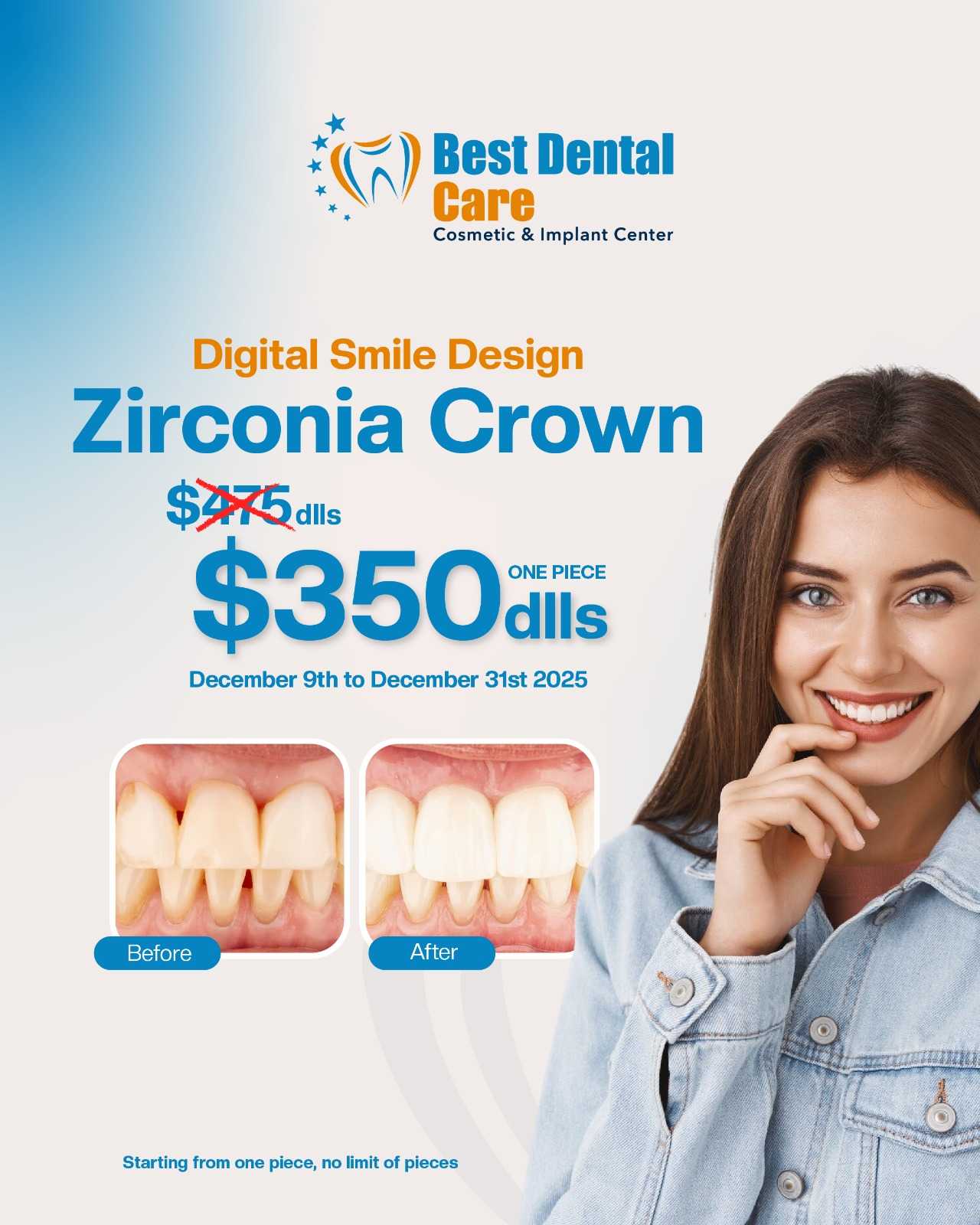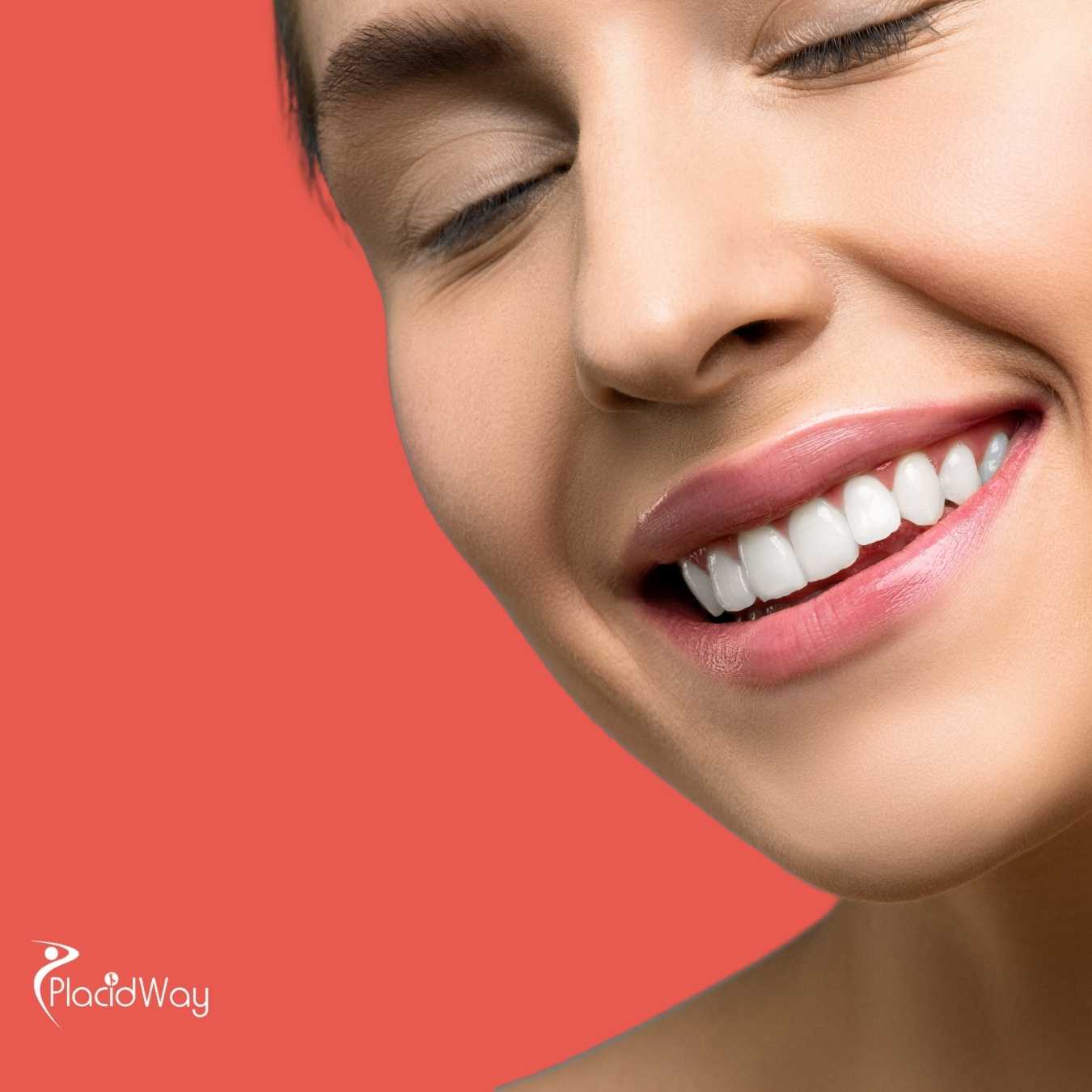.png)
Living with chronic shoulder pain can be frustrating. It’s a constant ache that limits your life, stopping you from playing golf, lifting your kids, or even just getting a good night's sleep. For years, the options were limited: you could try physical therapy, rely on cortisone injections that mask the pain temporarily, or face a major surgery with a long, difficult recovery. If you're looking for a different path, one that helps your body heal itself, you've likely heard about stem cell therapy for the shoulder.
This treatment is a big deal in the world of regenerative medicine. Instead of just cutting out or stitching up damaged tissue, the goal is to regenerate it. This procedure uses the most powerful cells in your body—your stem cells—to help repair the damage at its source. It's a minimally invasive approach that is helping many people avoid the scalpel and get back to their active lives, faster.
But what is it really? Does it work for shoulder arthritis? What about a rotator cuff tear? Is it safe? And of course, what does it cost? We’re going to answer every question you might have. This guide will walk you through exactly how stem cell therapy works for shoulder pain, what the procedure is like from start to finish, and what you can realistically expect from the treatment. Let's explore if this could be the solution you’ve been searching for.
What is stem cell therapy for the shoulder?
Think of stem cells as your body's internal "repair crew." They are "blank slate" cells that haven't been assigned a job yet. Because of this, they have two incredible abilities: they can turn into other types of cells (like cartilage or tendon cells), and they can act like a "general contractor" at an injury site, coordinating the entire healing process.
When you get a stem cell injection for shoulder pain, a doctor injects a concentrated dose of your own stem cells directly into the damaged area (like the arthritic joint or a torn tendon). These cells then get to work, helping to reduce inflammation and signal the body to start rebuilding the damaged tissue. It’s a shift from managing pain to healing the problem.
How do stem cells actually heal shoulder injuries?
The "magic" isn't just one thing; stem cells work in several ways at once:
- Powerful Anti-Inflammatories: They release proteins that are far more powerful than a cortisone shot at calming chronic inflammation, which is a major source of pain in shoulder arthritis and tendonitis.
- Signaling (Paracrine Effect): This is their main job. They act like a quarterback, releasing signals called growth factors that "call the play." These signals recruit other healing cells from your bloodstream to come to the site and help with the repair.
- Tissue Regeneration: Under the right conditions, stem cells can differentiate (change) into the exact cells you need, like chondrocytes (cartilage cells) to patch worn-out joint surfaces or tenocytes (tendon cells) to fix a rotator cuff tear.
In short, they create a super-charged healing environment that your body couldn't create on its own.
What shoulder problems can stem cell therapy treat?
This treatment is versatile because it addresses the root causes of pain—inflammation and tissue damage. It's commonly used for:
- Shoulder Osteoarthritis (Glenohumeral Arthritis): For patients with mild to moderate cartilage loss. Stem cells can help reduce the painful "bone-on-bone" grinding and may help regenerate a smoother cartilage surface.
- Partial Rotator Cuff Tears: This is a "sweet spot" for stem cell therapy. It's highly effective for tears that are frayed or partially torn but haven't snapped completely.
- Labral Tears: The labrum is a ring of cartilage that stabilizes the shoulder. Stem cells can be injected to help heal small-to-moderate tears, which are common in athletes or after a dislocation.
- Chronic Tendinopathy/Tendinitis: For "golfer's shoulder" or "swimmer's shoulder" where the tendons are degenerated and chronically inflamed, stem cells can break the cycle of pain and heal the tendon.
Am I a good candidate for a shoulder stem cell injection?
This treatment is best for people who are "in the middle"—their problem is too significant for physical therapy alone, but they aren't ready for (or don't want) a total shoulder replacement or a major surgical repair. You might be an ideal candidate if you:
- Have a confirmed diagnosis (via MRI or X-ray) of moderate arthritis or a partial tendon/labral tear.
- Are in good general health.
- Want to avoid the long recovery and risks of surgery.
- Have found that cortisone shots either didn't work or wore off quickly.
It's generally not recommended for complete, retracted rotator cuff tears (where the tendon has snapped and pulled far away from the bone) or for severe, bone-on-bone arthritis.
What is the stem cell shoulder injection procedure like?
The whole process is done in a single visit. It's a three-step process:
- Harvest: The doctor numbs an area (using local anesthetic) to collect your cells. This is typically from your bone marrow (from the back of your hip) or from adipose (fat) tissue (a "mini-liposuction" from your abdomen or flank). This part is quick and most patients report feeling pressure, not sharp pain.
- Processing: Your harvested sample is taken to an on-site lab and spun in a special machine called a centrifuge. This separates and concentrates the stem cells and other healing factors into a powerful, small injection.
- Injection: The doctor cleans and numbs your shoulder. Then, while watching a live ultrasound screen, they use a needle to inject the stem cell concentrate with pinpoint accuracy directly into the damaged joint space or tendon tear.
After that, you're free to go home (you'll need someone to drive you).
Where do the stem cells come from?
There are two main sources, both rich in the Mesenchymal Stem Cells (MSCs) needed for orthopedic repair:
- Bone Marrow (BMAC): This is the "classic" source. The liquid marrow drawn from your iliac crest (hip bone) contains a great mix of MSCs and other healing cells.
- Adipose (Fat) Tissue: Fat is an incredibly dense source of stem cells, containing 100 to 500 times more MSCs per volume than bone marrow. The harvest is often more comfortable for patients.
Some international clinics may also use allogeneic cells, which are donated, sterile-processed umbilical cord cells. These cells are very young and potent. Because you're using your own cells in an autologous procedure, there is no risk of rejection.
Is the stem cell procedure for the shoulder painful?
Pain is managed very well. The harvest site is numbed completely. Most patients describe the bone marrow draw as a "deep, weird pressure" that lasts less than a minute. The fat harvest is often more comfortable.
After the injection, as the numbing wears off, your shoulder will likely be sore and stiff for a few days. This is expected and good! It's called the "inflammatory response," and it's the first step of the healing process. Your doctor will tell you not to take anti-inflammatories like Ibuprofen, as this can stop the treatment from working.
What are the benefits of stem cells over shoulder surgery?
When you compare this to a procedure like a total shoulder replacement or a surgical rotator cuff repair, the advantages are clear:
- Minimally Invasive: It's an injection, not a scalpel. No cuts, no stitches, no large scars.
- No General Anesthesia: The procedure is done with local numbing, avoiding all the risks associated with being put to sleep.
- Fast Recovery: Surgical recovery is 4–6 months. Stem cell recovery is 4–6 weeks. You're back to work and life much faster.
- Low Risk: You avoid serious surgical risks like deep joint infections, nerve damage, blood clots, and stiffness (frozen shoulder).
What's the difference between PRP and stem cell therapy for the shoulder?
This is a common question. Think of it with this analogy: If your injury is a construction site, PRP is like sending in the foreman with a megaphone. He has all the growth factors (platelets) to signal the body to heal. This is great for mild-to-moderate tendonitis.
Stem Cell Therapy is like sending in the entire construction crew with trucks, tools, and blueprints (the stem cells). They do the signaling and can become the new building materials. This is why it's used for more significant injuries like shoulder arthritis and partial rotator cuff tears.
Is stem cell therapy better than a cortisone shot?
A cortisone shot is a temporary fix. It's a powerful anti-inflammatory that shuts down the pain signal, but it does nothing to fix the underlying tear or arthritis. In fact, studies show that repeated cortisone shots can actually damage and weaken cartilage and tendons, making the problem worse over time.
Stem cell therapy is the opposite. It is pro-healing. It creates a temporary inflammatory response to kick-start a long-term repair. It's the difference between hitting the "mute" button on a fire alarm (cortisone) and actually putting out the fire (stem cells).
How much does stem cell therapy for the shoulder cost?
This is one of the most important factors for patients, because stem cell therapy is not covered by insurance. It is still considered "investigational," so you must pay out-of-pocket. The cost covers the doctor's expertise, the expensive harvesting and processing equipment, and the time for the procedure (which is much longer than a simple injection).
Because of this high cost, many patients explore medical tourism. Reputable, accredited clinics in countries like Mexico, Panama, or Costa Rica often perform the exact same procedure for a fraction of the cost. Here is a general comparison:
| Procedure | Approximate Cost (USA) | Approximate Cost (Medical Tourism) | Notes |
|---|---|---|---|
| Single Shoulder Joint (Stem Cells) | $5,000 - $10,000 | $3,000 - $7,000 | Includes harvest, processing, and injection. |
| PRP Injection (Shoulder) | $1,000 - $2,500 | $500 - $1,500 | Often used for milder cases or as an add-on. |
| Surgical Rotator Cuff Repair | $20,000 - $35,000+ | $8,000 - $15,000 | Often covered by insurance (after deductible/copay). |
What is the recovery like after a shoulder stem cell injection?
This is a huge benefit over surgery. Here is a typical timeline:
- Day 1-5: The shoulder will be sore. This is the "inflammatory phase." You'll be advised to rest it but not immobilize it.
- Week 1-3: The soreness fades. You will likely start physical therapy to work on gentle range of motion. This is key to ensuring the new tissue heals correctly.
- Week 4-12 (Months 1-3): This is the "repair and remodel" phase. You'll gradually strengthen the shoulder. This is when most patients first start to notice a real, lasting drop in their pain and an increase in what they can do.
- Month 3-6: You continue to build strength and can typically return to more demanding sports and activities. The healing continues for up to a year.
How effective is stem cell therapy for shoulder arthritis?
When you have arthritis, your cartilage is worn and the joint is inflamed. Stem cells attack both problems. They are potently anti-inflammatory, which calms the painful joint. At the same time, the growth factors they release can stimulate your remaining healthy cartilage cells to work better and may even help build a new, smoother "cap" over damaged areas.
It's important to have realistic expectations. For severe, "bone-on-bone" arthritis, a total shoulder replacement may still be the only definitive answer. But for mild-to-moderate cases, stem cell therapy can be a game-changer, providing years of relief and getting you back to an active life.
Can stem cells heal a full rotator cuff tear?
This is a key distinction. If your tendon is just frayed or partially torn, stem cells are a fantastic option to heal it. But if the tendon has torn completely and pulled away from the bone (a full-thickness, retracted tear), an injection can't magically reattach it. That requires a surgeon to go in and physically suture the tendon back to the bone.
However, surgeons are now starting to use stem cells during surgery. After they tie down the tendon, they inject stem cells right at the repair site. This acts like a "biological fertilizer" to dramatically improve healing and reduce the high rate of re-tears that can happen after surgery.
What are the risks of stem cell therapy for the shoulder?
This is one of the safest procedures in modern medicine. You are using your own cells, so there is no risk of rejection, allergic reaction, or disease transmission. The risks are the same as any needle procedure:
- A small risk of infection (minimized by sterile technique).
- Temporary bruising or soreness at the harvest or injection site.
- A rare risk of nerve irritation.
When you compare this to the major risks of surgery (general anesthesia, blood clots, post-op infection, nerve damage, long-term stiffness), the safety profile is a huge advantage.
How long do the results of a shoulder stem cell treatment last?
Unlike a cortisone shot that wears off in a few months, stem cell therapy aims to fix the problem. If it successfully heals your rotator cuff tear, that is a durable, structural repair. You can still re-injure it, of course, but the original damage is healed.
For a progressive disease like shoulder arthritis, the "permanence" is different. The therapy won't stop you from aging, but it can "turn back the clock" on the joint, providing many years of significantly reduced pain and improved function, and it may slow down the future progression of the arthritis.
How do I prepare for the procedure?
This is the most important rule. The treatment needs to create inflammation to work. NSAIDs (like Advil, Motrin, Aleve, and Aspirin) are anti-inflammatory and will cancel out the procedure. Your doctor will give you a specific "washout" period, but 1-2 weeks before and several weeks after is typical. You'll also be advised to stay hydrated and avoid alcohol for a few days before and after.
Is stem cell therapy for the shoulder FDA-approved?
This is why insurance won't pay for it. In the eyes of the FDA and insurance companies, it's still "experimental." This doesn't mean it's unsafe (when done correctly by a qualified doctor), but it means it hasn't gone through the 10-year, billion-dollar drug approval process.
This regulatory gray area in the U.S. is a major reason why many patients seek treatment abroad. Countries like Panama, Mexico, and others have different regulatory bodies that have clear, established frameworks for regenerative medicine, and clinics in these countries often have much more experience and data.
What is the success rate for shoulder stem cell therapy?
"Success" means something different for everyone. Is it 100% pain relief? Not always. But for most, "success" is avoiding a major surgery, being able to sleep on their shoulder again, returning to their favorite sport, and experiencing a dramatic improvement in their quality of life. The key is patient selection. When performed on the right candidate (someone with moderate, not severe, damage), the success rates are consistently high.
Tired of Shoulder Pain Holding You Back?
You don't have to live with the limitations of chronic shoulder pain. Explore your options in regenerative medicine and discover high-quality, affordable stem cell therapy from leading international doctors and clinics.
Find your solution with PlacidWay today.
Stem Cell Therapy Abroad










Share this listing